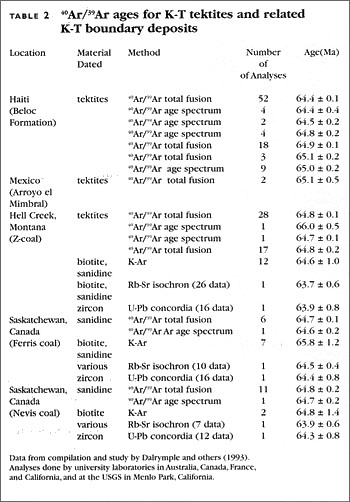klutedavid
Well-Known Member
- Dec 7, 2013
- 9,346
- 4,337
- Gender
- Male
- Faith
- Non-Denom
- Marital Status
- Single
Hello Rick.
Thanks for your patient and informative replies.
I said in my last post.
The tendency in science is to generalize.
Have a read of the following extract on this subject.
Neutrinos are generated by nuclear reactions and certain types of radioactive decay. They are created in
great multitudes in the nuclear furnace of the sun, flowing through Earth's surface in numbers as high as
420 billion per square inch (65 billion per square centimeter) per second. However, they have a neutral
electrical charge and almost never interact with other particles, which means they stream through regular
matter virtually unaffected, only rarely slamming into atoms. (Space.com)
You would have noticed in this extract above, the statement 'rarely slamming into atoms'. These collisions
between neutrinos and atoms though rare, do in fact occur. Obviously over vast time intervals, these collisions
then become a much more frequent event.
If these particles that discharge from the sun at a rate 'as high as 420 billion per square inch'. The obvious
question that will be asked, can the discharge of neutrinos exceed '420 billion' per second?
If so then, how do we massage the data to reflect any increase in decay rates?
Has the magnitude and number of solar flares over deep time, been statistically recorded?
What statistical distribution do solar flares follow?
Does a young sun discharge neutrinos at a higher rate than an say an older sun?
Thanks for your patient and informative replies.
I said in my last post.
To which you replied.Have all sources that could influence the half lives of isotopes been identified?
One would need to be aware of any and all factors, which may increase the decay rates of radio isotopes.I am unaware of any influences that have not been observed and identified.
The tendency in science is to generalize.
Have a read of the following extract on this subject.
Neutrinos are generated by nuclear reactions and certain types of radioactive decay. They are created in
great multitudes in the nuclear furnace of the sun, flowing through Earth's surface in numbers as high as
420 billion per square inch (65 billion per square centimeter) per second. However, they have a neutral
electrical charge and almost never interact with other particles, which means they stream through regular
matter virtually unaffected, only rarely slamming into atoms. (Space.com)
You would have noticed in this extract above, the statement 'rarely slamming into atoms'. These collisions
between neutrinos and atoms though rare, do in fact occur. Obviously over vast time intervals, these collisions
then become a much more frequent event.
If these particles that discharge from the sun at a rate 'as high as 420 billion per square inch'. The obvious
question that will be asked, can the discharge of neutrinos exceed '420 billion' per second?
If so then, how do we massage the data to reflect any increase in decay rates?
Has the magnitude and number of solar flares over deep time, been statistically recorded?
What statistical distribution do solar flares follow?
Does a young sun discharge neutrinos at a higher rate than an say an older sun?
Upvote
0


